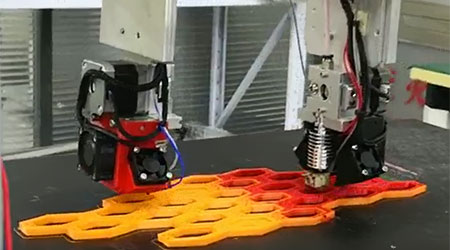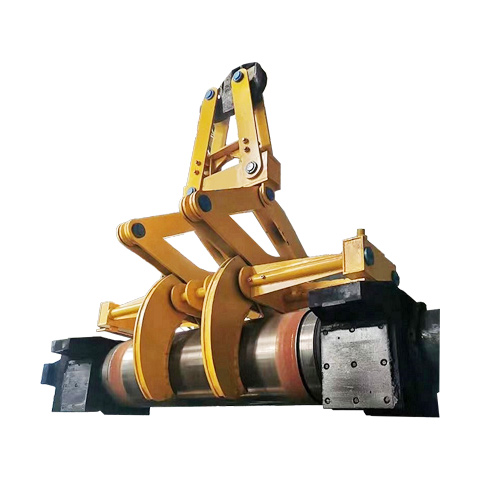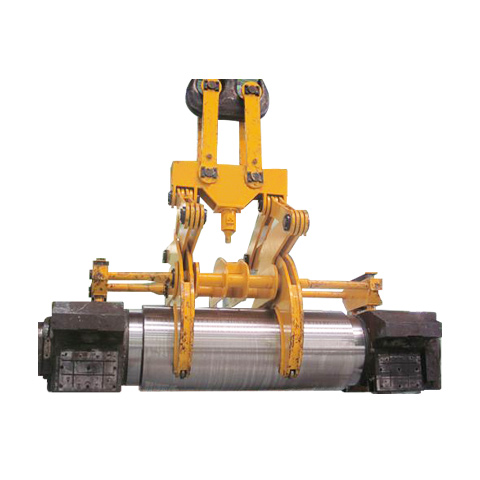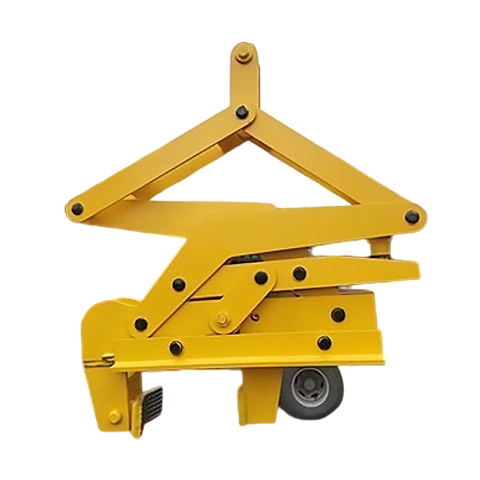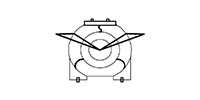Introduction to the working principle of servo motors
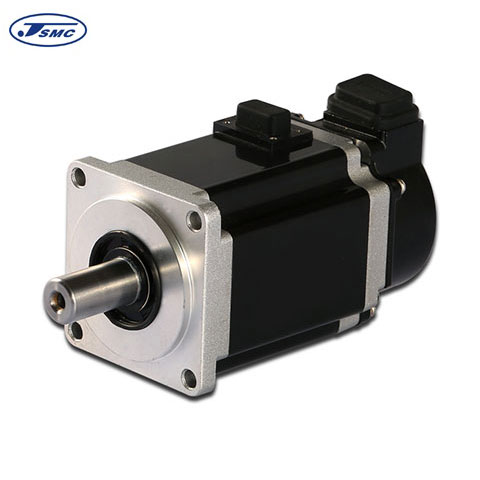
Servo motor is a motor that uses feedback to realize closed-loop control of a system with work as a variable. AC induction motors are designed for servo operation to wind two phases at right angles. The fixed reference winding is excited by a fixed voltage source, while the control of the variable control voltage of the servo amplifier excites the winding.
The windings are usually designed to have the same voltage to turns ratio so that the power input under the maximum fixed phase excitation and the maximum control phase signal is in a balanced state. Any motor used for servo is usually 25% to 50% smaller than other motors with similar output, and the reduction in rotor inertia makes the response speed faster.
However, more often, since speed control is easy, a compact brushed DC motor is used as a servo motor: the only variable is the armature that applies rotation. There is no field winding excitation, so these motors use less energy than wound DC designs and have better power density than wound motors. Servo-style brushed DC motors also include more windings to the laminations to increase torque.
The windings are usually designed to have the same voltage to turns ratio so that the power input under the maximum fixed phase excitation and the maximum control phase signal is in a balanced state. Any motor used for servo is usually 25% to 50% smaller than other motors with similar output, and the reduction in rotor inertia makes the response speed faster.
However, more often, since speed control is easy, a compact brushed DC motor is used as a servo motor: the only variable is the armature that applies rotation. There is no field winding excitation, so these motors use less energy than wound DC designs and have better power density than wound motors. Servo-style brushed DC motors also include more windings to the laminations to increase torque.
 English
English




